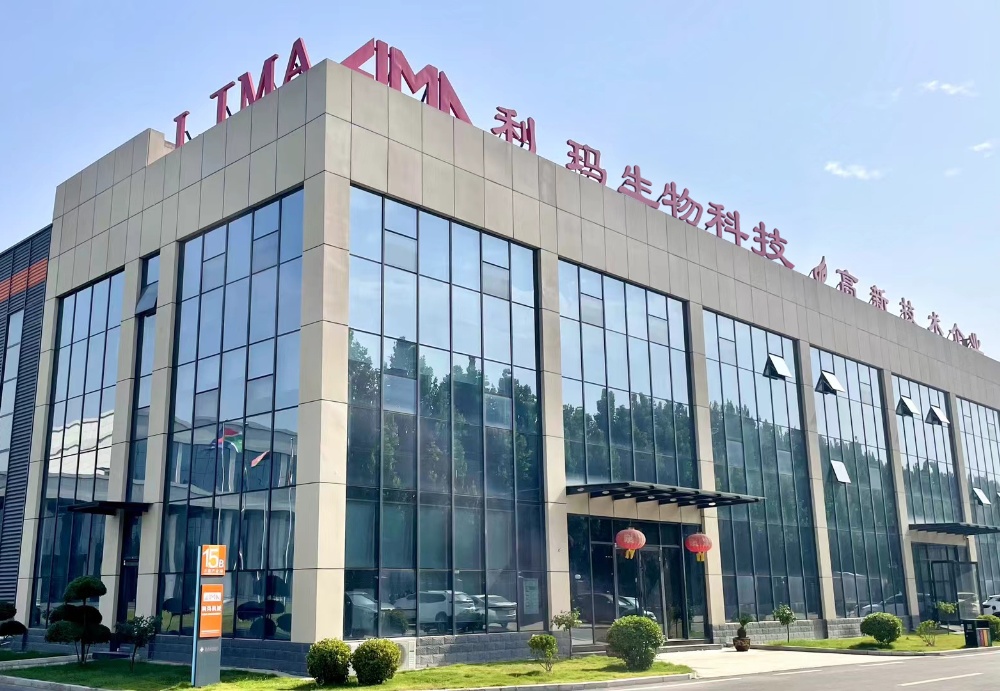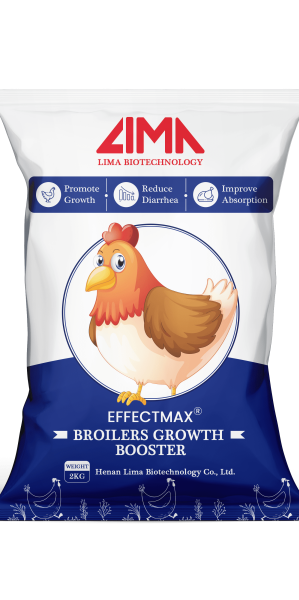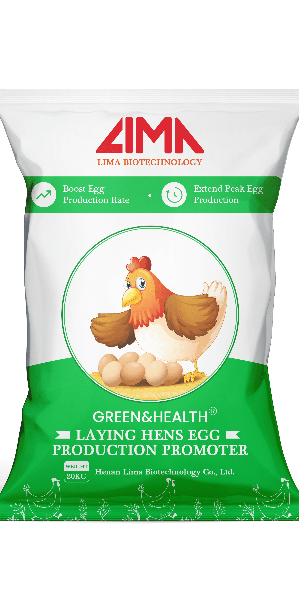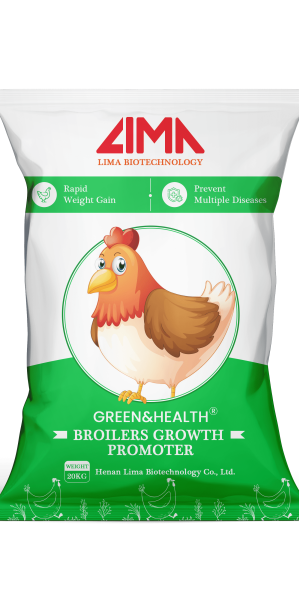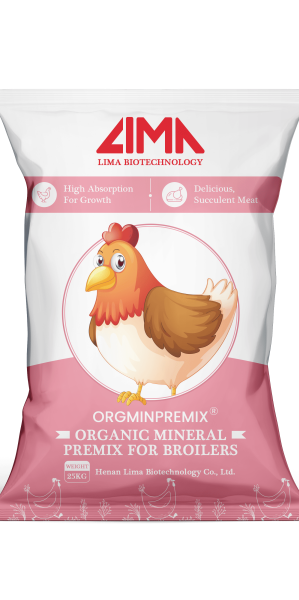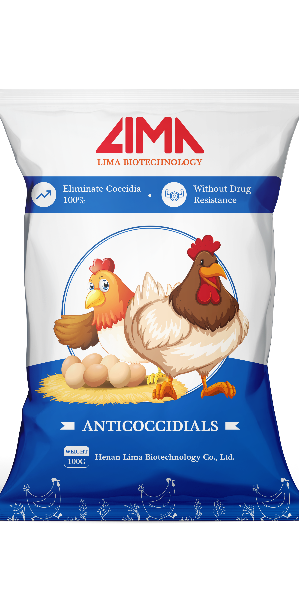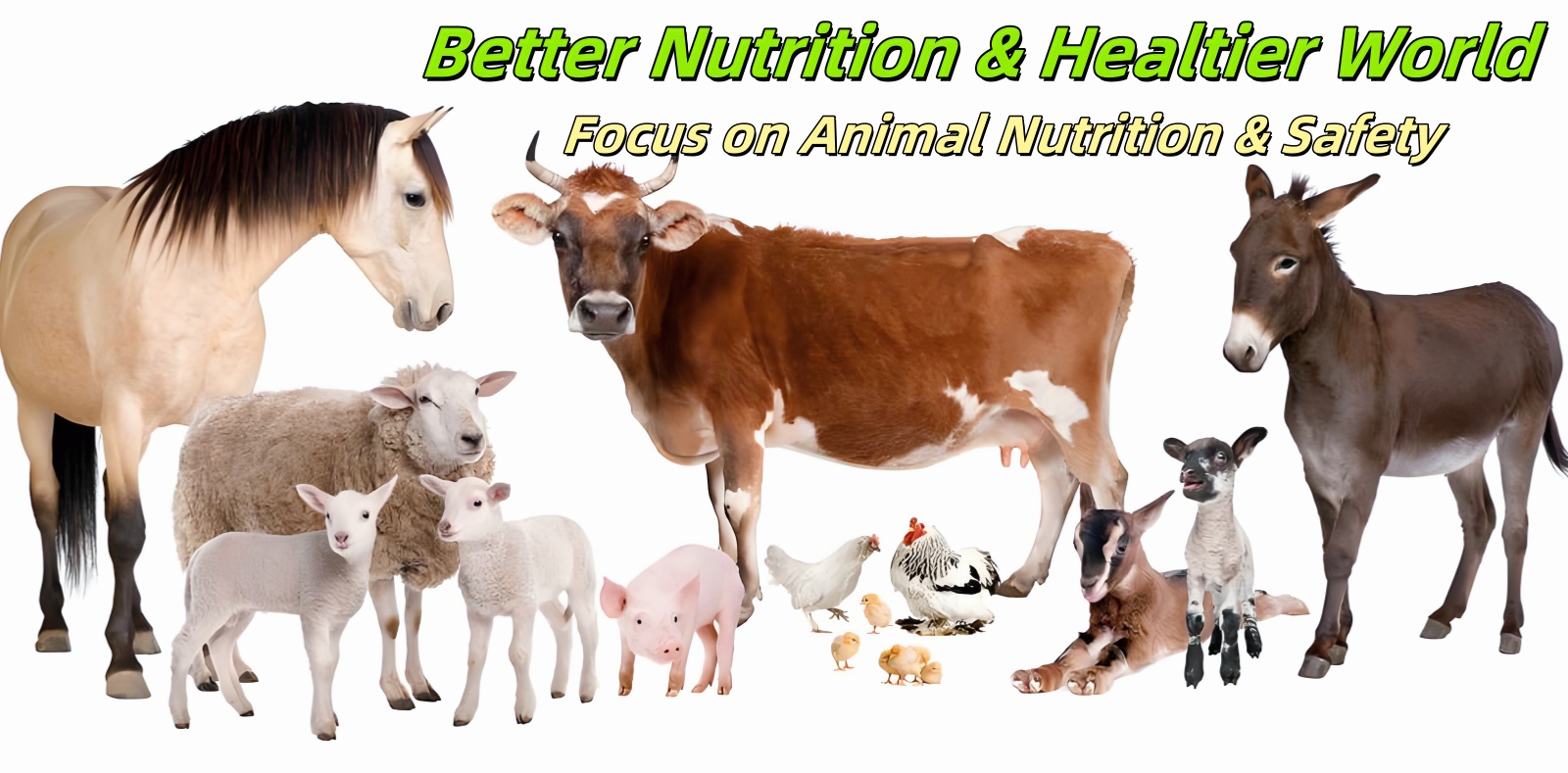一.Premix
- Definition: Premix is a homogeneous mixture of multiple trace ingredients (such as vitamins, minerals, amino acids, drugs, etc.) mixed in a specific proportion. It is usually added to the basic feed in a small amount.
- Composition:
- Vitamins (such as vitamins A, D, E, K, etc.)
- Minerals (such as calcium, phosphorus, zinc, iron, etc.)
- Amino acids (such as lysine, methionine, etc.)
- Other functional additives (such as antioxidants, mildew inhibitors, etc.)
- Function:
- Nutritional supplement: Provide the trace nutrients required for animal growth and make up for the nutritional deficiencies in the basic feed.
- Balanced formula: Ensure that the proportion of various nutrients in the feed is reasonable to meet the nutritional needs of animals.
- Improve feed utilization: Optimize the digestion and absorption rate of feed by adding ingredients such as amino acids.
- Promote health: Add functional ingredients (such as antioxidants, immune enhancers) to enhance animal immunity.
- Usage: Premix is usually added to the basic feed at a ratio of 0.5%-5%, and then mixed evenly before use.
二.Feed Additives
- Definition: Feed additives refer to single or compound ingredients added to feed to improve feed quality, promote animal growth or prevent diseases.
- Classification:
- Nutritional additives: such as amino acids, vitamins, minerals, etc., directly supplement nutrition.
- Functional additives: such as enzyme preparations, probiotics, acidifiers, etc., improve digestion or health.
- Pharmaceutical additives: such as antibiotics, anthelmintics, etc., used to prevent or treat diseases.
- Technical additives: such as antioxidants, mildew inhibitors, etc., extend the shelf life of feed.
- Functions:
- Improve feed quality: such as antioxidants to prevent feed deterioration, mildew inhibitors to inhibit mold growth.
- Promote growth: such as enzyme preparations to improve feed digestibility, probiotics to improve intestinal health.
- Prevent diseases: such as antibiotics, anthelmintics, etc. are used for disease prevention and control.
- Improve production efficiency: reduce breeding costs by optimizing feed utilization.
- Usage: Feed additives are added to feed in trace amounts according to their type and purpose, usually in low amounts (such as 0.01%-0.1%).
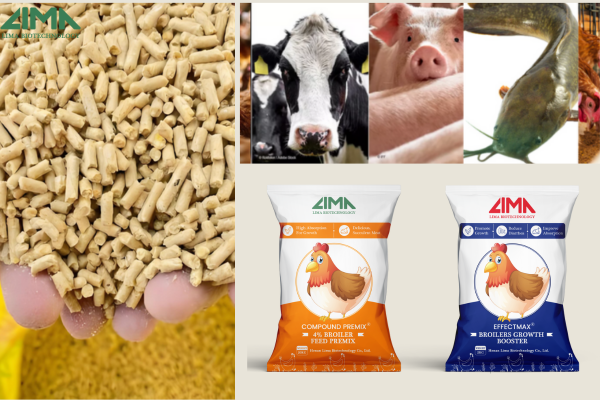
三、The Difference Between Premix and Feed Additives
| Characteristics | Premixes | Feed Additives |
| Composition | A mixture of multiple trace - components | Single or composite components |
| Function | Supplement nutrition and balance the formula | Improve feed quality, promote growth, prevent diseases, etc. |
| Usage Proportion | Relatively high (0.5% - 5%) | Relatively low (0.01% - 0.1%) |
| Addition Form | Directly added to the basal feed | Added to the feed as a single or composite component |
| Main Uses | Nutritional supplementation, formula balance | Functional improvement, disease prevention, technical optimization |
4.Synergy in Practical Application
- Premixes and feed additives are usually used synergistically in feed formulation:
- Premixes provide basic nutrition and ensure the trace components required for animal growth.
- Feed additives further optimize feed quality and animal health and improve production efficiency.
- For example:
- In pig feed, premixes provide vitamins and minerals, while enzyme preparations (feed additives) help break down anti-nutritional factors in feed and improve digestibility.
- In poultry feed, premixes supplement amino acids, while probiotics (feed additives) improve intestinal health and reduce the occurrence of diseases.
5.Summary
- Premix: Mainly used to supplement micronutrients and balance feed formula, it is the "nutritional basis" in feed.
- Feed additives: Mainly used for functional improvement, such as improving feed utilization, preventing diseases, extending shelf life, etc., it is the "functional enhancer" in feed.
- The two complement each other in feed and jointly ensure the nutritional needs and healthy growth of animals.
- About Lima Biotech
- Careers-Lima Biotech
- Code of Conduct-Lima Biotech
- Conditions of Sale-Lima Biotech
- Contact-Lima Biotech
- Cookies Policy-Lima Biotech
- Find Agent-Lima Biotech
- Investor Relations-Lima Biotech
- Legal Information-Lima Biotech
- Privacy Policy-Lima Biotech
- Success-Lima Biotech
- Sustainability-Lima Biotech
- World Class Manufacturing-Lima Biotech
Technical Articles
Animal Feed Additives Innovation for Sustainable Livestock Farming
Anti-Stress Solutions for Fish
How to get your pigs to gain weight fast
How to Feed Broilers for Fast Growth
How to Calculate the FCR for Pig Farming? What are the Reasons for a High FCR ?
How to Increase the Egg Production of Layers ?
How to Make Chickens Gain Weight Faster
How to Raise Catfish for Profit
How To Reduce Broken Eggs?
Importance Of Feed Additives
Improve the Efficiency and Health of Layers: a Guide for Farmers and Feed Mills
Why Are My Layers Not Laying Eggs?
Which booster is the best for broilers?
Why Do Broilers Grow Slower?
Why My Fish Growing Slowly?
Why My Hens Have a Short Laying Cycle
The Importance of Fish Feed Additives for Catfish and Tilapia Growth: A Focus on Lima Biotech’s Aquatic Animal Growth Promoter
Premix for Layers: How Can l Make My Chickens Lay Longer?
Pig Feed Additive: A Miraculous Helper for Improving Pig – Raising Benefits
Lima Biotech Pig Growth Booster: Safe Ingredients for Healthy Pig Farming













